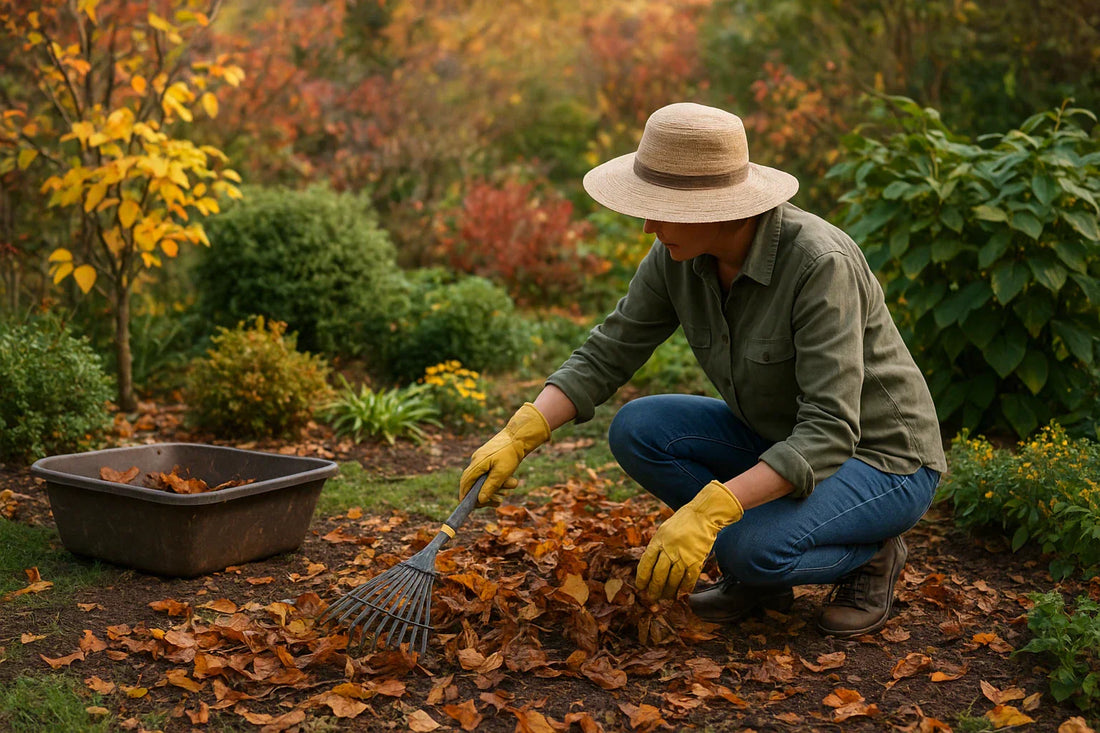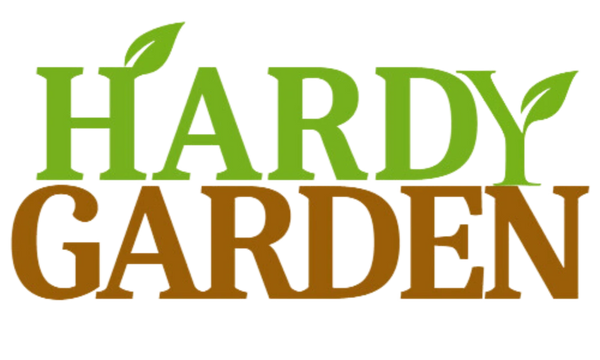
The Ultimate Beginner’s Guide to Fall Garden Maintenance
Share
As the leaves fall and the air turns crisp, it’s the perfect time to focus on Fall Garden Maintenance. This season isn’t just about ending the garden year; it’s about preparing for next year’s growth. Cleaning up your beds, refreshing the soil, and protecting your plants now will help them come back strong and healthy in spring.
Fall garden maintenance is more than just tidying up. It’s about building a healthy foundation for your garden’s future. So grab your gloves, pick up your rake, and let’s get your garden ready for a beautiful start next year.
Why Fall Garden Maintenance Matters
- Prevents Pests and Diseases: Dead plants, weeds, and fallen leaves can attract pests and harmful diseases. Cleaning your garden beds in the fall keeps your space healthy and helps stop problems before they reach your new plants in spring.
- Improves Soil Structure: Adding compost or mulch in fall gives your soil a boost. Over winter, these materials break down and add nutrients, creating rich and loose soil that’s ready for planting when spring arrives.
- Protects Perennials and Bulbs: A layer of mulch around perennials and bulbs acts like a warm blanket. It protects roots from freezing temperatures and helps plants survive through winter.
- Saves Time and Effort in Spring: Doing simple tasks now—like cleaning, mulching, and organizing—means you’ll have less work to do later. When spring comes, you can start planting right away instead of catching up on fall chores.

Fall Garden Maintenance Tips for Beginners
Clean Up Garden Beds
Start by removing dead annuals, dried blooms, and weeds from your garden beds. Get rid of any diseased plants instead of composting them, as they can spread problems next year. Rake fallen leaves and debris to keep your soil healthy and prevent mold or rot from building up.
Mulch and Protect the Soil
Add a 2–3 inch layer of organic mulch such as shredded leaves, straw, or compost. Mulch helps the soil stay warm, holds in moisture, and protects plant roots from sudden temperature changes during winter.
Prune Trees and Shrubs
Trim away dead or damaged branches to prevent breakage from snow or wind. Avoid heavy pruning just before winter, as it can stress your plants. Always use clean, sharp pruning shears to make smooth cuts that heal quickly.

Divide and Transplant Perennials
If your perennials, like hostas or daylilies, are overcrowded, gently divide them. Replant the divided sections in fresh, well-drained soil before the first frost. This gives them time to establish roots before winter arrives.
Plant Fall Bulbs
Fall is the perfect time to plant spring-blooming bulbs like tulips, daffodils, and garlic. Plant bulbs at the right depth and space them properly. For a longer blooming season, try layering bulbs that flower at different times.
Prepare the Lawn
Give your lawn one last trim before frost sets in. Aerate the soil to let water and nutrients reach the roots, and apply a slow-release fertilizer. Rake and shred fallen leaves to use as natural compost or mulch.

Compost and Recycle Garden Waste
Use your garden’s natural waste to create compost. Combine green materials (like grass clippings) with brown ones (like dry leaves) to balance nutrients. Over time, you’ll have rich compost to feed your garden next spring.
Clean and Store Tools
Before winter, wash and dry all your tools to prevent rust. Lightly oil metal parts to keep them in good shape. Drain hoses and store them indoors, along with pots and watering cans, to protect them from freezing temperatures.
Frost Protection Tips
As the weather gets colder, it’s important to protect your plants that can’t handle frost. Here’s how to keep your indoor and container plants healthy during fall:
Move Potted Plants Indoors: Bring outdoor potted plants inside before the first frost. This keeps them safe from freezing temperatures and harsh winds.

Start a Small Indoor Herb Garden: Fall is a great time to grow herbs indoors. Try basil, parsley, chives, or mint on a sunny windowsill, fresh herbs all winter!
Protect Your Plants: Cover tender plants with frost cloths, burlap, or old blankets to trap heat and protect them from freezing. Make sure the cover reaches the ground and is secured so it doesn’t blow away.
Wildlife and Eco-Friendly Fall Tips
Set Up Bird Feeders and Baths
Give birds food and water to help them through the cold months and make your garden lively.
Leave Seed Heads for Pollinators
Keep some flowers’ seed heads. They feed bees, butterflies, and other helpful insects.
Conclusion
Fall garden maintenance is important because it helps your plants, soil, and garden get ready for a healthy spring. By cleaning up beds, adding mulch, pruning, and protecting perennials now, you make your garden stronger and reduce work later.
Starting early and doing a little at a time can make a big difference. Remember, taking care of your garden in the fall sets you up for success next season.
Ready to give your garden a head start? Explore Hardy Garden’s must-have tools and fall essentials to make your maintenance easy, effective, and enjoyable this season.
